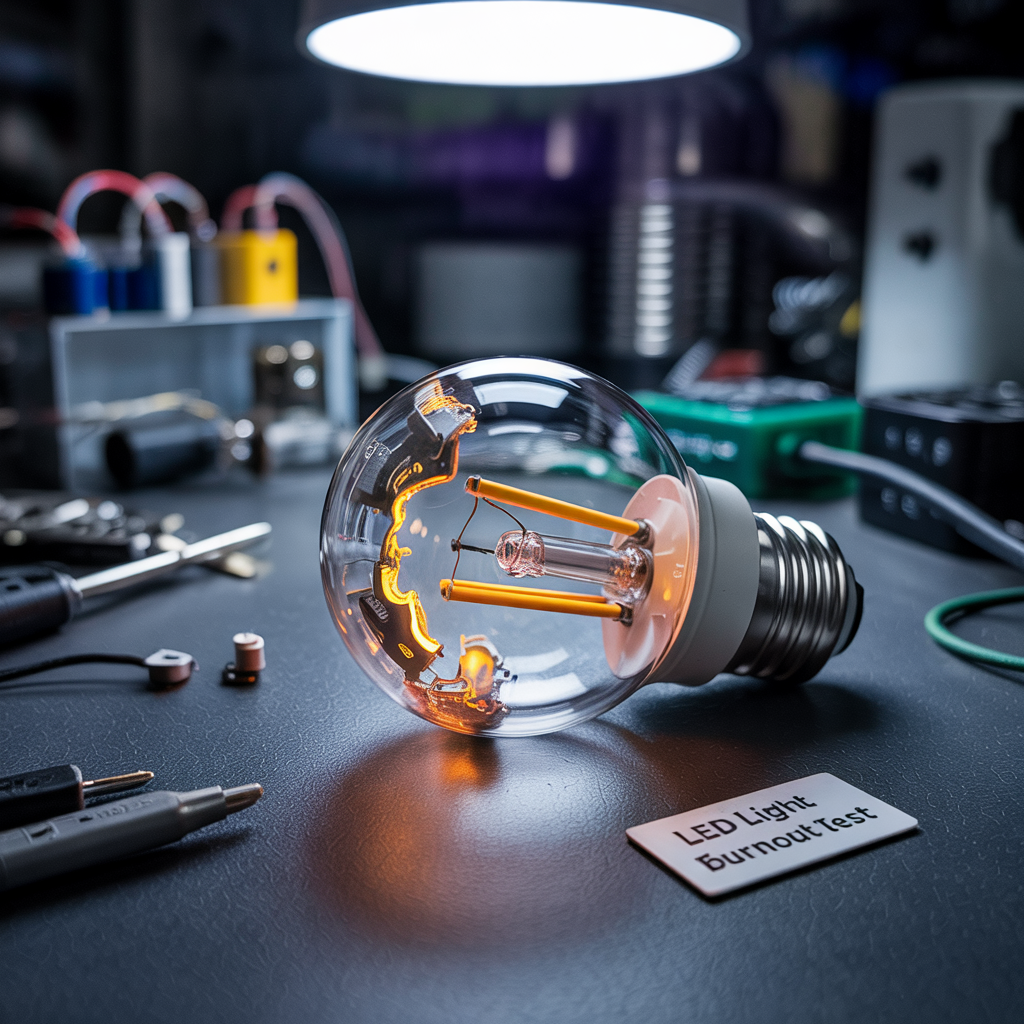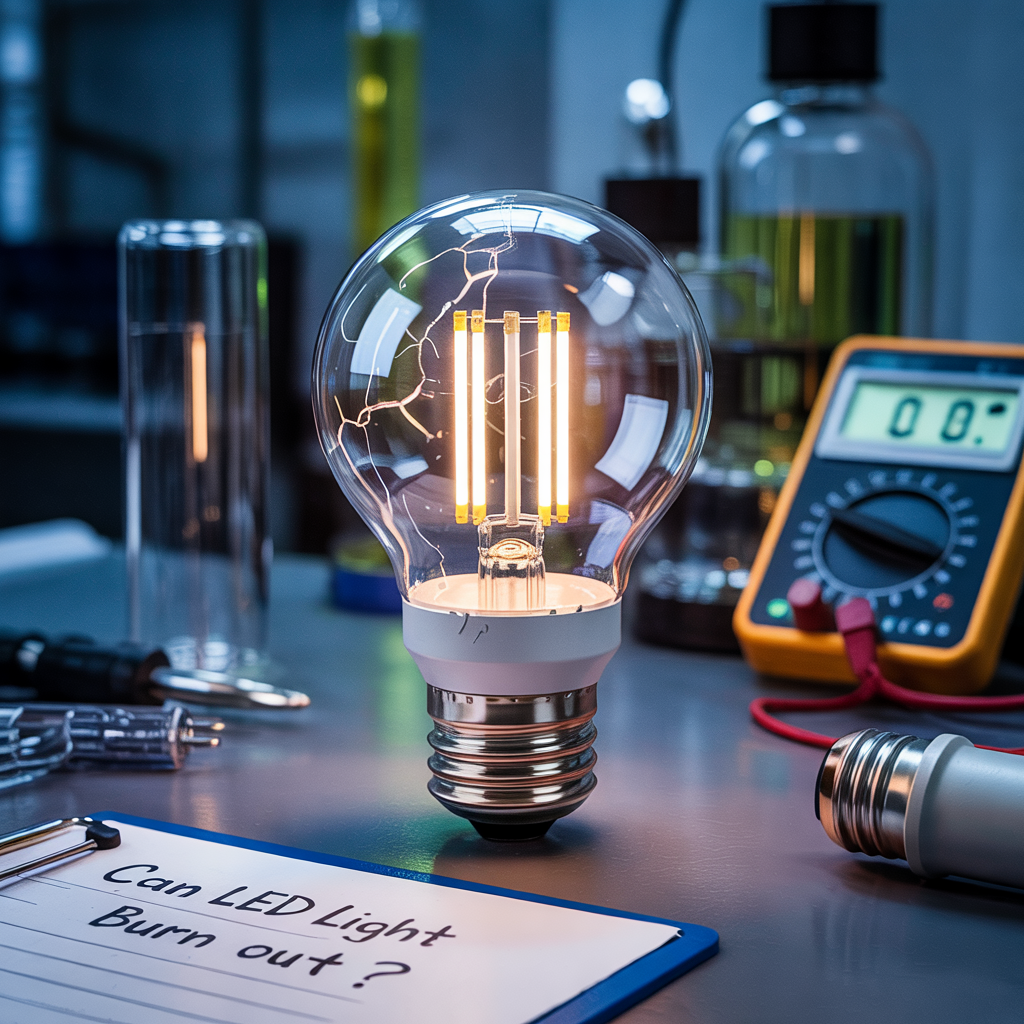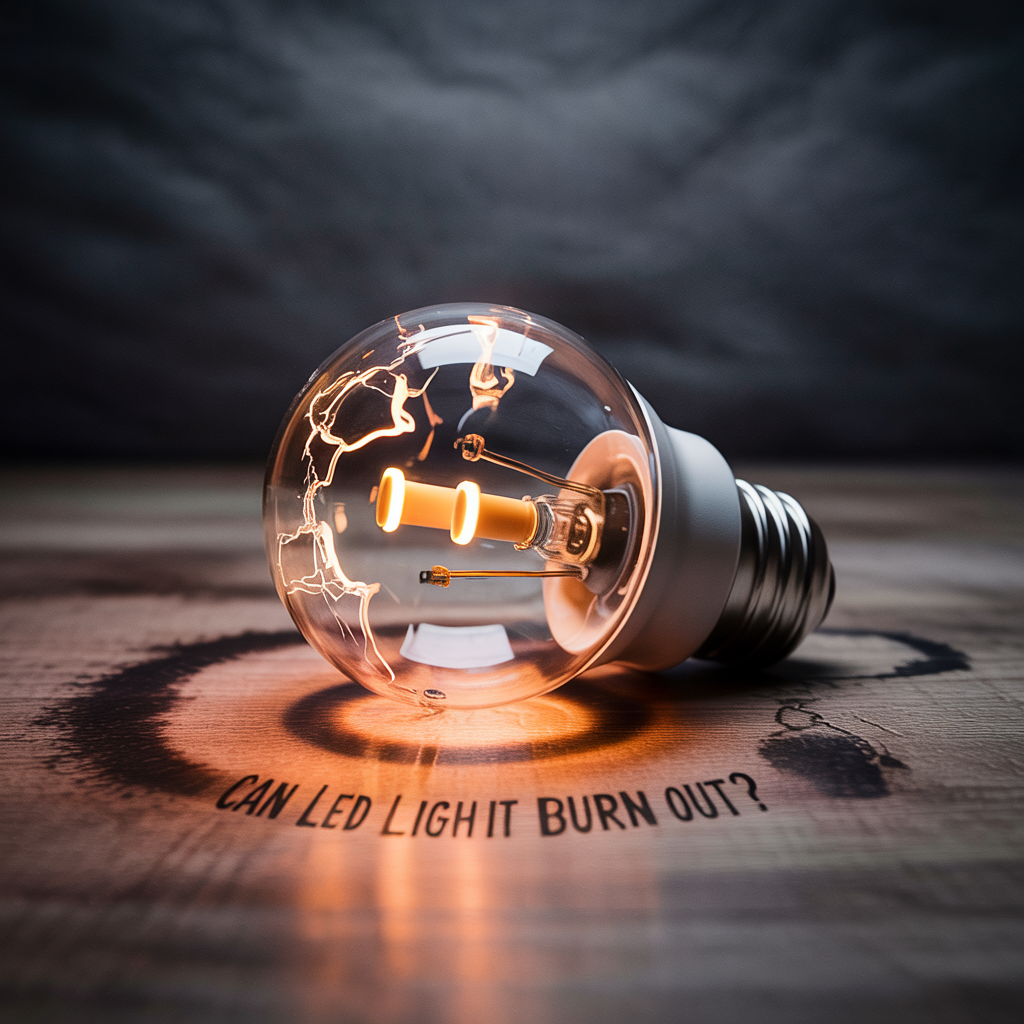Can LED Lights Burn Out? A Comprehensive Guide
LED lights have revolutionized home and commercial lighting, offering energy efficiency and longevity. But even with their advanced technology, the question remains: Can LED lights burn out? This comprehensive guide delves into the intricacies of LED technology, exploring their lifespan, potential failure points, and how to maximize their longevity. We’ll cover everything from the basic…
LED lights have revolutionized home and commercial lighting, offering energy efficiency and longevity. But even with their advanced technology, the question remains: Can LED lights burn out? This comprehensive guide delves into the intricacies of LED technology, exploring their lifespan, potential failure points, and how to maximize their longevity. We’ll cover everything from the basic principles of how LEDs work to troubleshooting common issues and addressing frequently asked questions. Get ready to become an LED lighting expert!
LEDs, or Light Emitting Diodes, produce light through electroluminescence. A direct current passes through a semiconductor material, causing electrons to recombine with electron holes, releasing energy in the form of photons – light particles. The color of the light depends on the semiconductor material used.
A typical LED bulb includes an LED chip, a heat sink (crucial for managing heat dissipation), a driver circuit (regulating power supply), and a lens or diffuser (controlling light distribution). Understanding these components helps understand potential failure points.
Can LED Lights Burn Out?
Yes, LED lights can burn out, but it’s rare. They usually dim over time rather than fail suddenly. Most LEDs last 25,000 to 50,000 hours, but poor quality components, overheating, or faulty drivers can cause premature burnout. Proper usage and ventilation help extend their lifespan significantly.
The Lifespan of LED Lights: Fact vs. Fiction

Expected Lifespan and Lumen Maintenance
Manufacturers typically advertise LED bulb lifespans in hours, often ranging from 25,000 to 50,000 hours. However, this doesn’t mean the bulb will suddenly stop working after that time. Instead, it indicates a gradual decline in light output (lumens) and a potential increase in failure rate.
Factors Affecting LED Lifespan
Several factors impact the actual lifespan of an LED light: operating temperature (heat is the biggest enemy), voltage fluctuations, surge protection (quality of the driver), and the quality of the components themselves. Cheap LEDs often have shorter lifespans.
Read More: Does LED Light Therapy Work? Does It Really Work?
How LEDs “Burn Out” (or Fail): Common Failure Modes

Driver Circuit Failure
The driver is the brain of the LED bulb. If it malfunctions, the LED might flicker, dim significantly, or stop working altogether. Driver failures are a common cause of premature LED bulb death.
Heat-Related Failures
Excessive heat degrades the LED chip and other components. Poor heat dissipation, often caused by inadequate heat sinks or enclosed fixtures, can drastically shorten lifespan.
Over-Voltage Damage
Voltage spikes or surges can damage the LED chip and driver, leading to immediate or gradual failure. Using surge protectors is recommended.
Comparing LED Lifespan to Incandescent and Fluorescent Bulbs
Incandescent Bulbs: Short and Sweet
Incandescent bulbs generate light through heat, leading to short lifespans (around 1,000 hours) and high energy consumption.
Fluorescent Bulbs: A Middle Ground
Fluorescent bulbs offer longer lifespans (around 8,000-10,000 hours) than incandescent bulbs but contain mercury, raising environmental concerns. They also tend to flicker and dim over time.
LEDs: The Efficiency Champions
LEDs provide significantly longer lifespans, superior energy efficiency, and are environmentally friendly compared to their predecessors.
Read More: How to Connect LED Strip Lights? Connecting LED Strip Lights
Maximizing the Lifespan of Your LED Lights

Choosing High-Quality LED Bulbs
Investing in reputable brands with good warranties ensures better quality components and longer lifespans. Look for bulbs with high lumen output and good heat dissipation.
Proper Installation and Usage
Ensure proper ventilation around the bulb to prevent overheating. Avoid installing LEDs in enclosed fixtures without sufficient heat dissipation.
Read More: 15 Exposed Beam Ceiling Lighting Ideas That Add Charm and Character
Troubleshooting Common LED Problems
Flickering LEDs: What to Check
Flickering can indicate a failing driver circuit, loose connections, or voltage issues. Check wiring, try a different outlet, and consider replacing the bulb.
Dimming LEDs: Possible Causes
Dimming can result from age, overheating, or failing driver circuits. Check the bulb’s temperature and replace it if necessary.
Understanding LED Light Specifications
Lumen Output and Color Temperature
Lumen output measures the brightness of the light, while color temperature is measured in Kelvin (K) and indicates the light’s warmth or coolness.
Color Rendering Index (CRI)
CRI measures how accurately colors appear under the light. Higher CRI values (closer to 100) indicate more accurate color rendering.
Cost Considerations: Initial Investment vs. Long-Term Savings
The Upfront Cost of LEDs
LED bulbs generally have a higher initial cost than incandescent or fluorescent bulbs.
Long-Term Energy Savings and Reduced Replacement Costs
However, the longer lifespan and energy efficiency of LEDs result in significant long-term savings on energy bills and replacement costs.
Environmental Impact: The Eco-Friendly Choice
Reduced Energy Consumption and Carbon Footprint
LEDs consume significantly less energy than traditional bulbs, reducing electricity demand and greenhouse gas emissions.
Mercury-Free and Recyclable
Unlike fluorescent bulbs, LEDs are mercury-free and are often recyclable, minimizing environmental impact.
LED Lighting in Smart Homes
Smart Bulbs and Integration
Smart LED bulbs offer features like remote control, scheduling, and color customization, enhancing convenience and energy efficiency.
Energy Monitoring and Control
Many smart home systems provide detailed energy consumption data for LED lighting, allowing for better energy management.
Advancements in LED Technology
High-Power LEDs and Applications
High-power LEDs are used in various applications, including street lighting and industrial settings.
Emerging LED Technologies
Researchers are constantly developing new LED technologies, aiming for even higher efficiency, longer lifespan, and improved light quality.
Frequently Asked Questions
What are the signs of a failing LED bulb?
Signs of a failing LED bulb include flickering, dimming, complete failure to illuminate, discoloration of the LED chip, or unusual noises.
How can I tell if my LED driver is failing?
A failing driver may manifest as flickering, dimming, intermittent operation, or an unusual buzzing sound.
Can I replace just the LED chip in a bulb?
Generally, replacing just the LED chip is not practical or cost-effective for most consumers. The entire bulb is usually replaced.
What is the best way to dispose of old LED bulbs?
Check with your local waste management authority for proper disposal instructions. Many municipalities have designated recycling programs for LED bulbs.
Why are some LEDs more expensive than others?
Price differences reflect variations in quality, features (e.g., dimmability, smart capabilities), efficiency, and brand reputation.
Do LED lights emit harmful radiation?
LEDs emit very low levels of electromagnetic radiation, far below levels considered harmful to human health.
How long do LED lights last in different environments?
Lifespan varies depending on the environment; hot environments shorten lifespan significantly. Well-ventilated spaces extend their life.
Final Thoughts
The question, “Can LED lights burn out?”, has a nuanced answer. While they don’t burn out in the same way as incandescent bulbs, LEDs can fail due to various factors, primarily heat and driver circuit issues. By understanding these factors and selecting high-quality bulbs, you can maximize their lifespan and enjoy the significant benefits they offer: reduced energy consumption, long-term cost savings, and an environmentally friendly lighting solution. Choosing the right LED bulb for your needs and understanding how to maintain them will ensure years of reliable, energy-efficient illumination. Remember to always dispose of your old LED bulbs responsibly!

